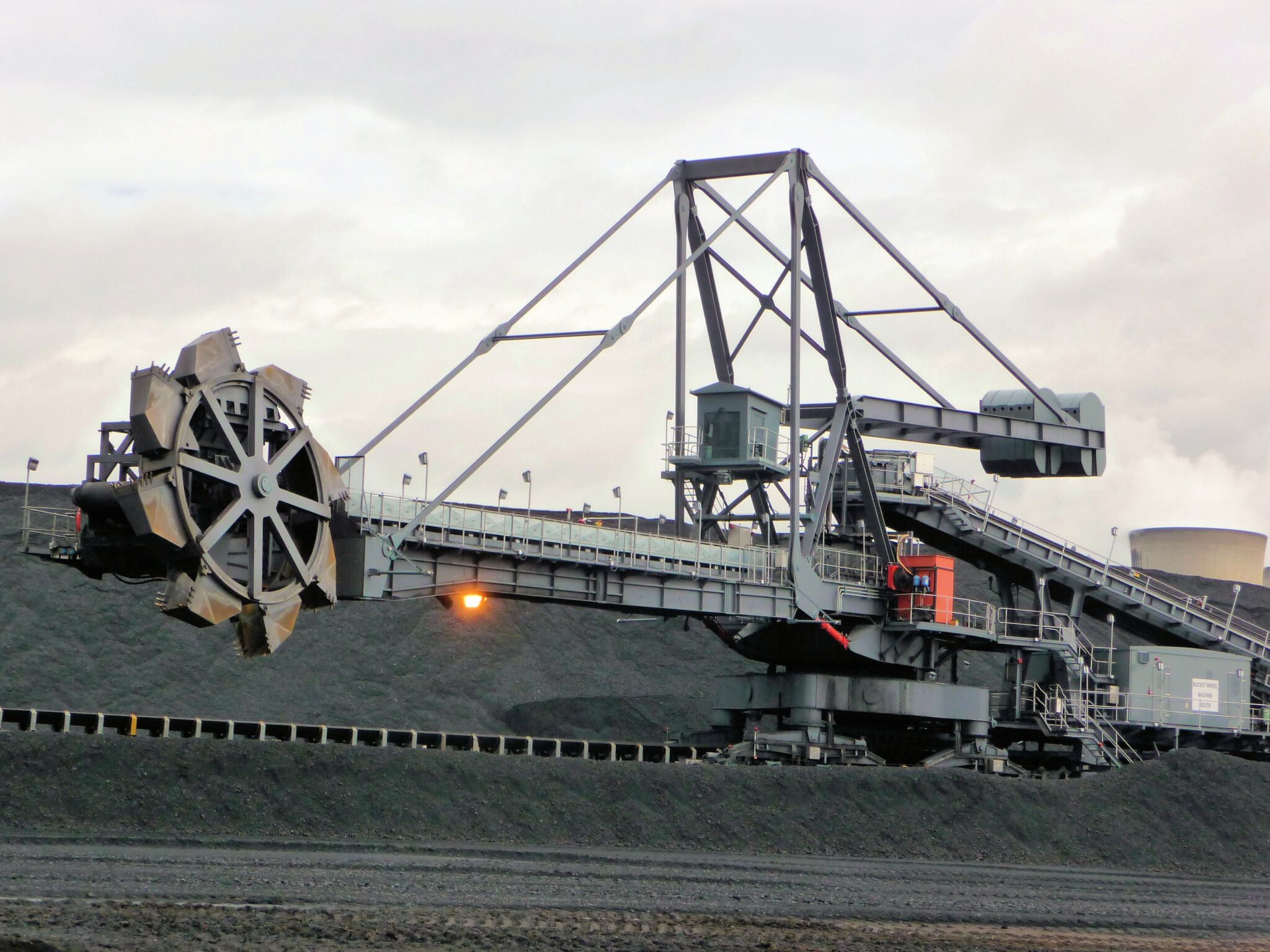All conditions and requirements for the acquisition of Agility’s Global Integrated Logistics business (GIL) have been met, and DSV Panalpina A/S (DSV) is now formally taking over GIL from Kuwait-based Agility. With the acquisition of GIL, DSV is becoming a global top-three player within transport and logistics and the aim is to continue to grow the business from this strong position.
Today’s expected completion of the acquisition of GIL marks an important milestone on the growth journey for DSV. Within transport and logistics, size is critical and with the acquisition DSV fortifies its position as one of the world’s largest transport and logistics companies.
“I am very pleased to welcome our new colleagues from GIL on this important day. There are many similarities when you look at our two companies both in terms of the business models and services and, not least, when we look at our shared focus on local empowerment and putting customers first. DSV and GIL simply constitute an excellent match. We will now start the integration, and, together, we are going to grow the business and bring even more value to our many customers, partners and shareholders than we do separately,” says Jens Bjørn Andersen, Group CEO, DSV.
The enterprise value of the transaction is approximately DKK 30.2 billion and the equity value approximately DKK 29.6 billion. The combination of DSV and GIL will have an expected combined pro forma revenue of approximately DKK 160 billion (based on last 12 months) and a combined workforce of 75,000 employees in more than 90 countries.
As consideration for 100 pct. of GIL, Agility receives DSV shares representing approximately 8 pct. of all post-transaction outstanding shares of DSV. This will make Agility the second largest DSV shareholder based on today’s shareholder register. After completion of the transaction, DSV has agreed to nominate an Agility representative to DSV’s Board of Directors.
Improved service offerings across all three divisions
GIL has an annual revenue of DKK 29 billion (USD 4.6 billion) with Air & Sea freight as the main contributor. This will be added to DSV’s existing global network. Moreover, the inclusion of GIL is building on DSV’s presence in both APAC and the Middle East. With 1.4 million square meters of warehousing capacity, GIL will be a strong addition to DSV Solutions, while the road freight activities in Europe and the Middle East will strengthen the DSV Road network.
“By adding the GIL network and competencies to our existing network, we improve our competitiveness across all three divisions: Air & Sea, Road and Solutions. This brings commercial synergies and cross-selling opportunities while at the same time providing our customers with an even higher service level and a one-stop-shop for logistics needs,” says Jens Bjørn Andersen.
The combined DSV and GIL business is aiming to use the strengthened position in the market to continue to grow through enhanced service offerings for customers, market-leading IT infrastructure and economies of scale.
DSV’s acquisition strategy has proven successful in both acquiring and integrating companies, most recently Swiss Panalpina in 2019 and American UTi Worldwide in 2016.
The focus on scalability remains one of the key competitive advantages in freight forwarding with significant operational and commercial benefits in a highly fragmented market.
Now the integration process of GIL can begin. The two organisations will be merged in a country-by-country process, which means that for customers and employees in many countries the coming period will be business as usual until the country-specific merger process is initiated. As has been a key focus in previous acquisitions, DSV will be approaching this integration with due respect for both organisational and individual considerations.
Despite the expected completion of the transaction today and in line with what has been agreed, regulatory clearances are pending in a limited number of jurisdictions where revenues individually and combined are insignificant compared to the combined post-completion revenue, and in each such jurisdiction completion of the acquisition and commencement of integration activities are awaiting the relevant regulatory clearance.







